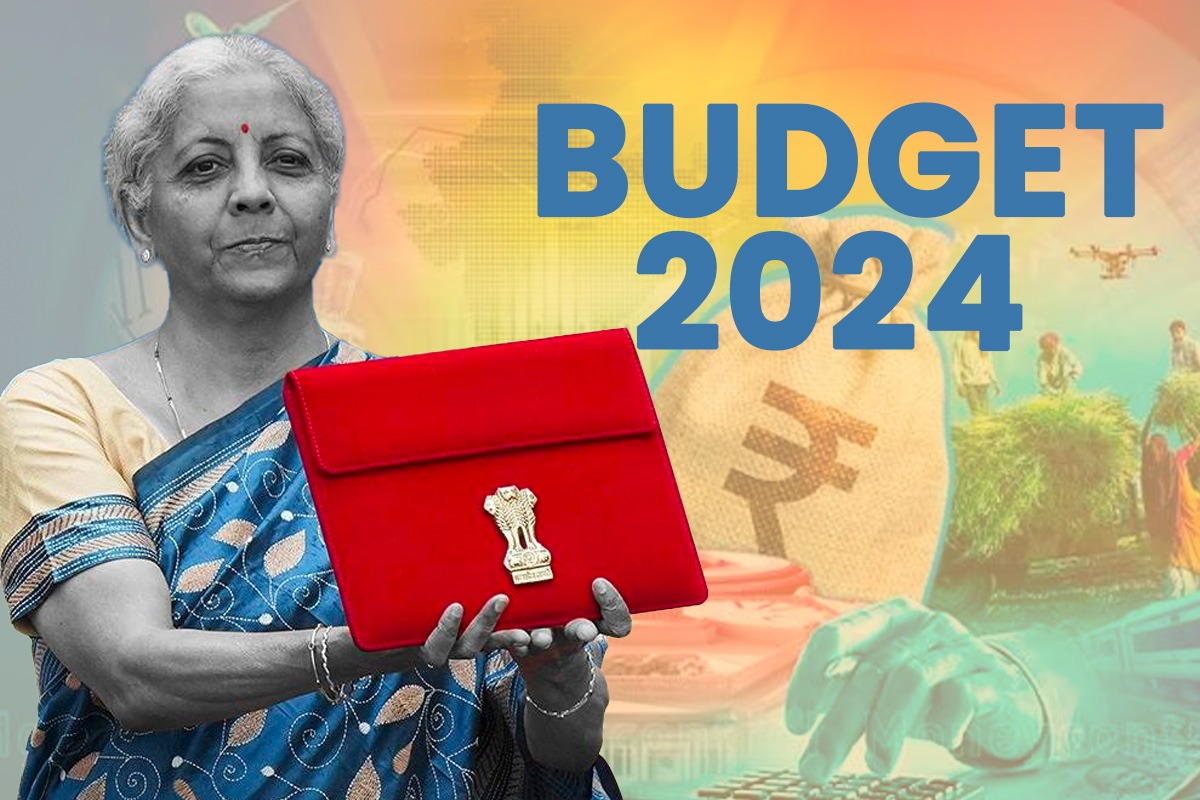Unlike previous interim budgets by successive governments, which often included new welfare schemes and tax giveaways as pre-election sops, the 2024 budget presented by Finance Minister Nirmala Sitharaman on Thursday in Parliament, refrained from such populist measures. The budget is a straightforward vote-on-account process, asking for Parliament’s approval to cover regular expenses until the next comprehensive budget is introduced. This signals a departure from the past and indicates the Modi government’s confidence in its prospects of returning to power in the upcoming national elections, without any populist gimmicks. In a political landscape often characterized by short-term gains and electoral populism, this decision to focus on fiscal health rather than handing over doles and freebies to the voters, shows that the Modi government has fixed its priorities right.
The government has renewed its focus on managing finances better. In the latest estimates for 2023-24, the government has managed to lower the country’s fiscal deficit, which is the gap between its spending and revenue, both in terms of the actual amount and the size of the economy. This reduction is expected to continue into the next fiscal year. Importantly, this improvement is mainly due to cutting back on the revenue deficit, which is a good sign. Additionally, there’s a notable increase in government spending on infrastructure and development projects, indicating a shift from spending on subsidies to investments that create long-term assets. This shift towards better fiscal management is encouraging, especially with upcoming elections on the horizon.
Sitharaman reaffirming the government’s goal of keeping the fiscal deficit under 4.5% of the GDP by 2025-26 indicates two main things. Firstly, it suggests that the Indian economy is getting back on track to its usual growth path after the disruptions caused by the pandemic. This means the government doesn’t feel as much pressure to borrow money excessively to stimulate the economy or provide extraordinary help to those most affected by the pandemic. Secondly, it shows that the government expects the private sector to be the main driver of growth going forward. With lower government borrowing, there will be more money available for private companies to invest. This stability in the economy, along with a strong government, could create conditions favourable for a much-needed increase in private investment, which has been overdue.
As the nation navigates the challenges of the 21st century, this budget serves as a roadmap for realizing the aspirations of millions of Indians and building a brighter future for generations to come. The Narendra Modi government’s interim budget for 2024-25 presents a vision for India’s future development, outlining a trajectory aimed at transforming the nation into a developed country by 2047.










